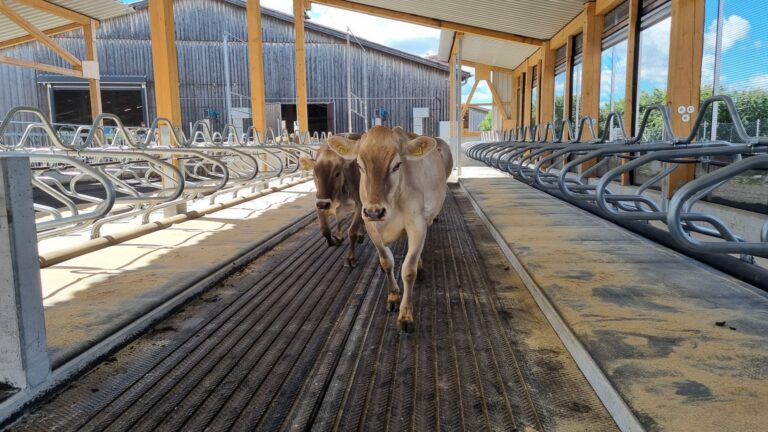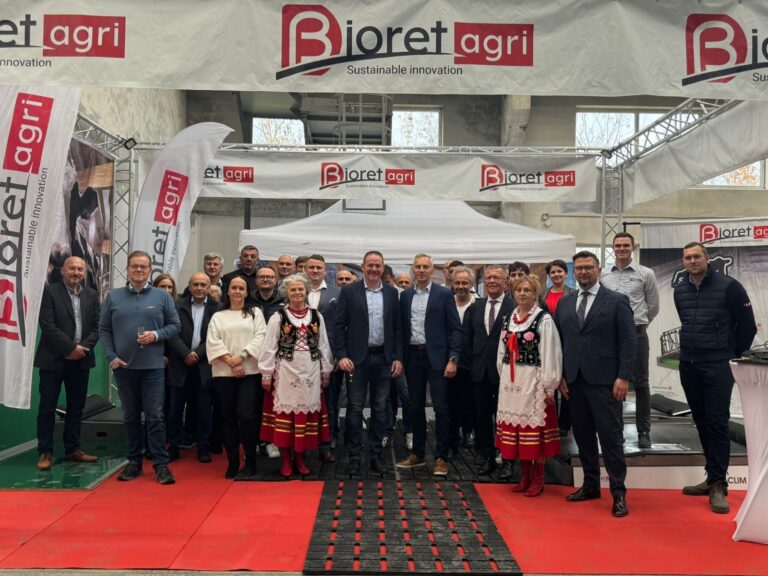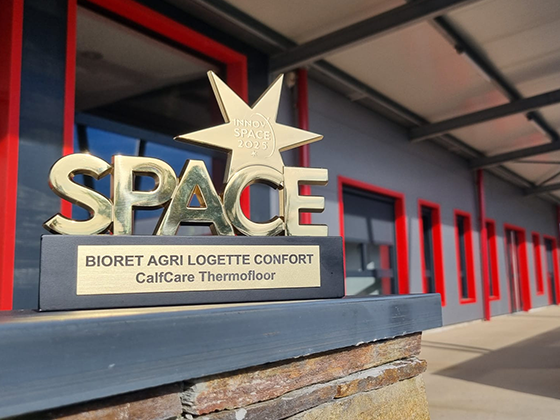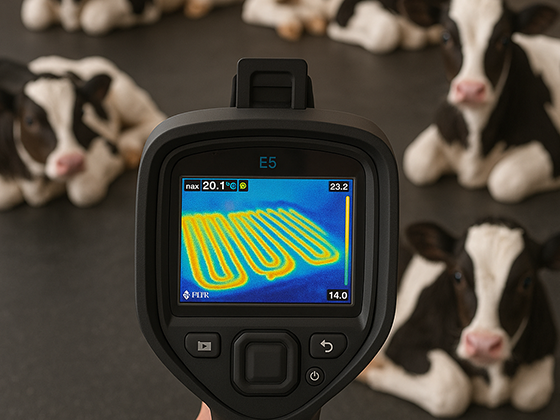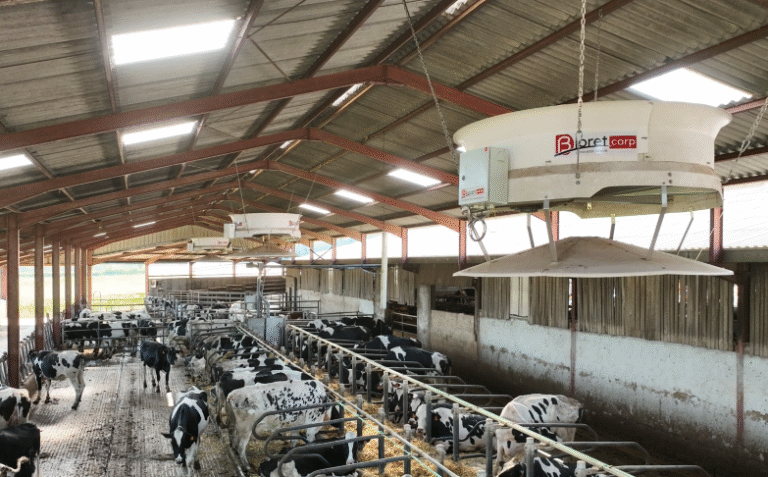Cleaner feet thanks to Magellan mats
For dairy cows, clean legs are essential for their health. Dirt and moisture promote the development of foot diseases and increase the risk of lameness. A cow with foot pain will move and eat less, which negatively impacts its health and production. Often, leg and lameness problems open the door to other issues, whether pathological or reproductive, due to a compromised immune status.
To ensure a foot is clean, simply check that the horn is clearly visible. On the dorsal surface, the thick crust should never extend beyond the hairline. On the palmar surface, the accessory claws should remain clean. There should be no crust under the hoof.
More cleanliness, fewer slips
While soft floors are recommended for leg comfort and the safety they provide during movement, what about their impact on hygiene? To assess the impact of rubber mats on foot cleanliness, the Institut de l'Elevage conducted a study on three equipped farms located in the Manche and Ille et Vilaine regions. These results were compared to those of the SOLVL study, which evaluated the health, environmental, and economic impacts of different flooring types in dairy cow buildings to provide recommendations on the selection, renovation, and maintenance of floors.
The results of the SOLVL project confirm that feet tend to be dirtier on mats in slurry systems compared to other types of flooring, with 27.4% of dorsal surfaces and 35.6% of palmar surfaces being very dirty, whereas the recommendation is to be below 10%. This is partly due to inadequate floor maintenance for mats (poor scraping, changes in scraping frequency). For the 87 farms evaluated during the SOLVL study, slatted floors resulted in cleaner feet, while solid floors in manure systems were the least well-rated.
« For our study, we evaluated the degree of soiling of several body areas in three farms, equipped with Magellan mats. Foot cleanliness was better than the SOLVL study references, » says Alice Elvinger, who was in charge of animal health studies at the Institut de l’Elevage. The percentage of clean feet was higher than with standard mats. This foot cleanliness is beneficial to claw health. In these three farms, more than 45% of the animals have good claw conformation, which limits the occurrence of lameness. None of the three farms equipped with Magellan mats exceeded the alert threshold of 30% of cows suffering from lameness».
This is due to the presence of slopes and drainage channels on the Magellan mat, which promotes the elimination of effluents. The floor is therefore drier. The cows' feet are less in contact with effluents. To combine the walking comfort of rubber mats with leg cleanliness, the success factor is to have regular and effective cleaning. The study showed that the most effective method is to have a scraper pass every 2 hours, or even every 1 hour 30 minutes. The scraper must also have been adapted to the mats by adding rubber fingers. For areas where the scraper does not pass, sufficient manual cleaning must be ensured so that the cows do not get dirty in these areas.
Up to more than 60% clean feet
In the three farms equipped with Magellan mats, the proportion of clean feet is higher than that observed in farms equipped with standard mats. The reference from the SOLVL study is 10% of clean dorsal feet. Two of the three farms had between 50 and 60% clean dorsal feet, the 3rd had 30%. After adjusting his scraper, one of the three farmers even approached an absence of very dirty feet.
